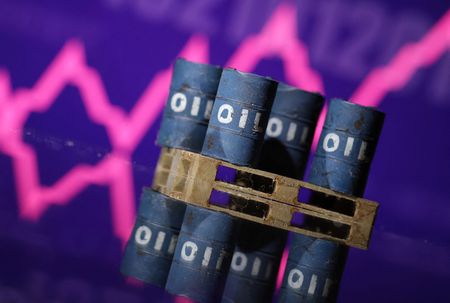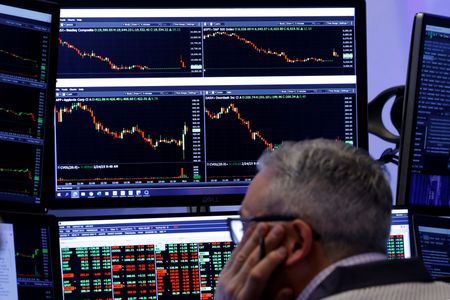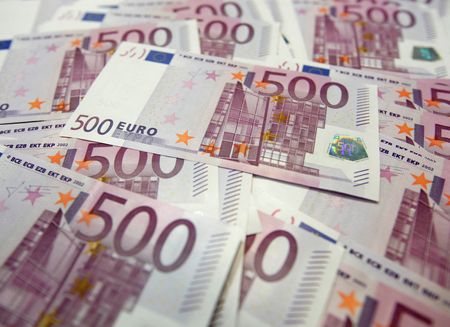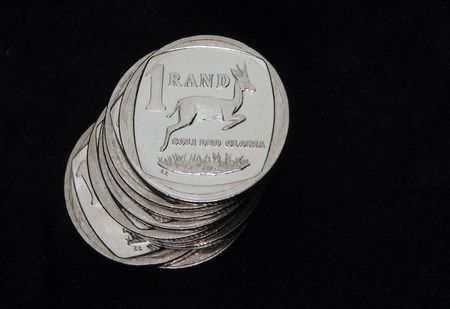By Rae Wee
SINGAPORE (Reuters) – The dollar rose on Tuesday after falling to its lowest in more than two months at the start of the week, buoyed by safe-haven flows after U.S. President Donald Trump said tariffs on Mexico and Canada would proceed as planned.
The stronger dollar in turn left the euro off a one-month high at $1.0461, with future gains in the single currency likely to hinge on how soon a coalition government can be formed in Germany following the election victory of the country’s conservatives.
Trump on Monday said that tariffs on Canadian and Mexican imports are “on time and on schedule” despite efforts by the countries to beef up border security and halt the flow of fentanyl into the U.S. ahead of a March 4 deadline.
Many had hoped the top two U.S. trading partners could persuade Trump’s administration to further delay tariffs that would apply to over $918 billion worth of U.S. imports from the two countries, from autos to energy.
His comments spurred a rush to safety assets like gold and U.S. Treasuries, with the dollar also a beneficiary of some of those risk-off moves.
Sterling drifted from Monday’s two-month high and last traded 0.06% lower at $1.2618 in the early Asian session, while the Aussie fell 0.17% to $0.6339.
The New Zealand dollar eased 0.13% to $0.5725, while the dollar index was steady at 106.75, rebounding from a more than two-month trough of 106.12 hit in the previous session.
While the dollar has fallen some 3% from its January peak following a raft of weaker-than-expected U.S. economic data that stoked worries over its growth outlook, sustained losses have been short lived due to lingering concerns over tariffs.
“Since the last week or two, the incoming economic news from the U.S. is really playing to this narrative that the U.S. is kind of losing its economic exceptionalism. But whenever we see a reasonable risk-off tone in equity markets … the dollar gets its sort of traditional safe-haven support,” said Ray Attrill, head of FX strategy at National Australia Bank.
“So I think you’re seeing a little bit of interplay between those forces … Heading towards these key tariff deadlines, it’s hard to see a significant recovery in risk sentiment … and that’s going to keep defensive support for the U.S. dollar in place,” Attrill added.
Elsewhere, the dollar rose 0.35% against the yen to 150.22, recovering from a fall to its weakest level since early December against the Japanese currency on Monday.
The recent fall in U.S. Treasury yields, particularly in real terms, has weighed on the dollar against the yen as Japanese yields rise on speculation of another rate hike from the Bank of Japan (BOJ).
(Reporting by Rae Wee; Editing by Himani Sarkar)











